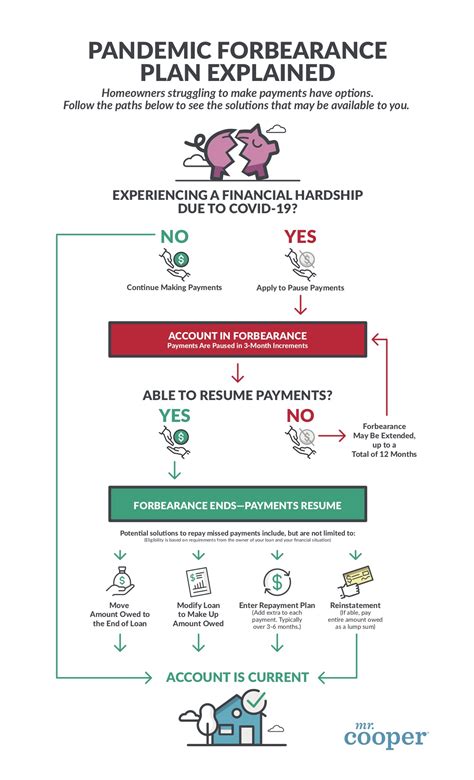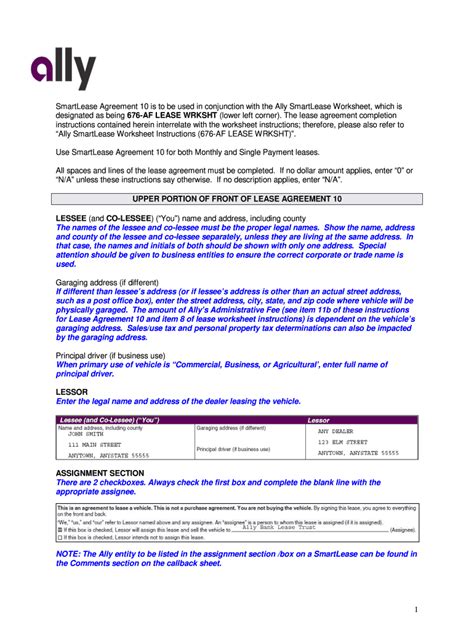Title: Debt Snowball for Students: Paying Off $30k vs $100k Balance
Introduction:

Student loans are a significant financial burden for many graduates, often leading to stress and uncertainty about the future. With the increasing cost of higher education, the debt balance can vary greatly, from a few thousand dollars to tens of thousands. One common question among borrowers is how to effectively manage and pay off their student loans, especially when the balance is substantial. This article will explore the debt snowball method for paying off $30k and $100k student loan balances and discuss the strategies that can help borrowers manage their debt more efficiently.
1. Understanding the Debt Snowball Method:
The debt snowball method is a debt repayment strategy developed by Dave Ramsey, a well-known personal finance expert. The method involves listing all your debts from smallest to largest and focusing on paying off the smallest debt first while making minimum payments on the others. Once the smallest debt is paid off, the borrower moves on to the next smallest debt and repeats the process.
2. Applying the Debt Snowball Method to a $30k Balance:
For a $30k student loan balance, the debt snowball method can be an effective way to pay off your debt more quickly. Here are some steps to follow:
a. List all your debts from smallest to largest, including student loans, credit card debts, and any other debts.
b. Pay the minimum payment on all debts except the smallest one.
c. Focus on paying as much as possible on the smallest debt, while still meeting the minimum payments on the others.
d. Once the smallest debt is paid off, take the amount you were paying on that debt and add it to the minimum payment on the next smallest debt. Continue this process until all debts are paid off.
3. Applying the Debt Snowball Method to a $100k Balance:
When dealing with a $100k student loan balance, the debt snowball method may seem less effective due to the larger amounts of money required to pay off the smallest debts first. However, there are still some strategies that can help:
a. Prioritize high-interest debts: While the debt snowball method focuses on paying off the smallest debts, it may be more effective to prioritize high-interest debts first. By paying off high-interest debts, you can save money on interest payments over time.
b. Increase your income: Consider taking on a part-time job, freelancing, or selling items to increase your income and put more towards your student loan payments.
c. Refinance your loans: If interest rates have dropped, consider refinancing your student loans to a lower interest rate. This can reduce your monthly payments and save you money in the long run.
Conclusion:
The debt snowball method can be a helpful strategy for paying off student loan balances, whether they are $30k or $100k. By understanding the method and adjusting your approach for larger balances, you can effectively manage your debt and work towards financial freedom. Remember, the key to debt repayment is consistency and commitment, so stay focused on your goal and stay motivated to make progress.



